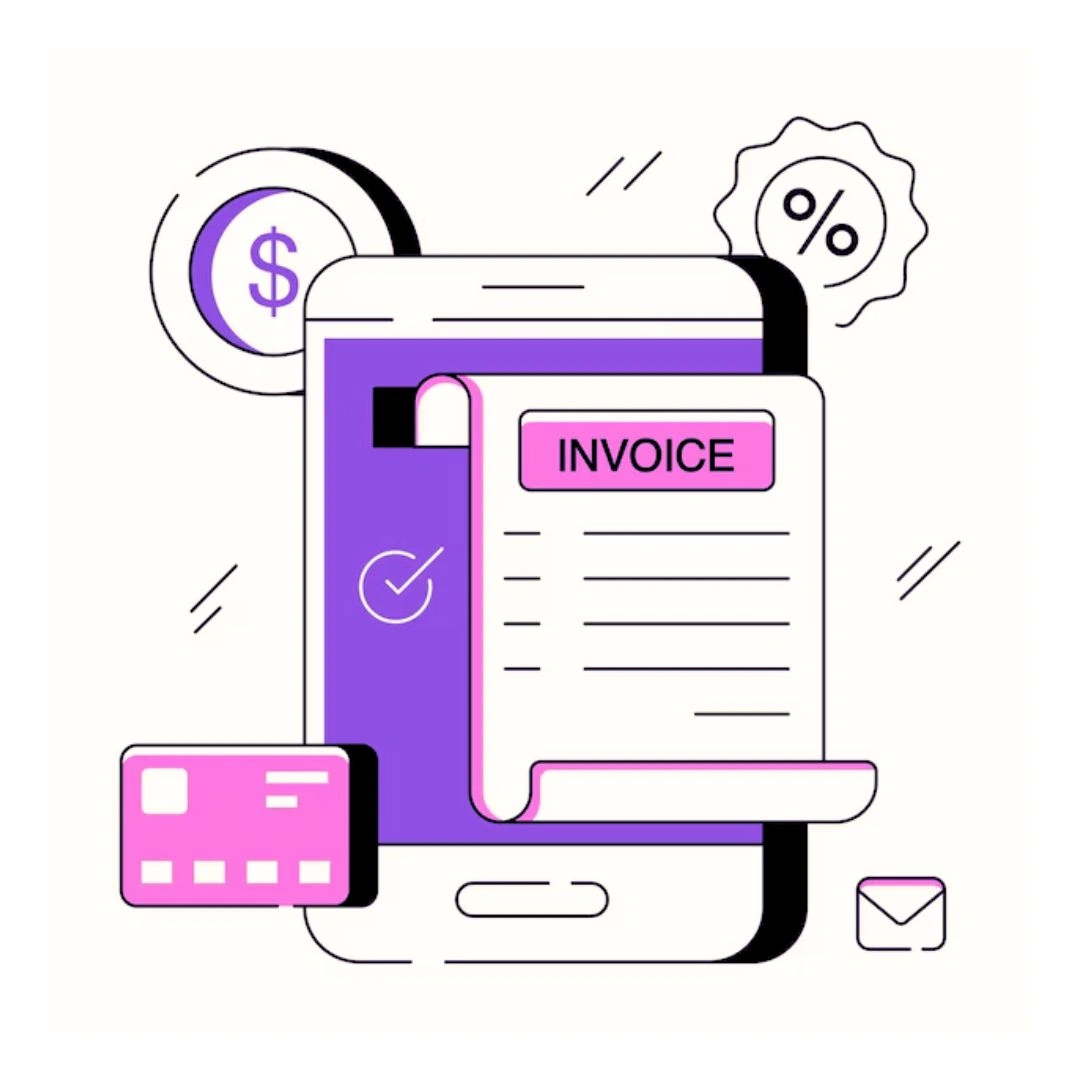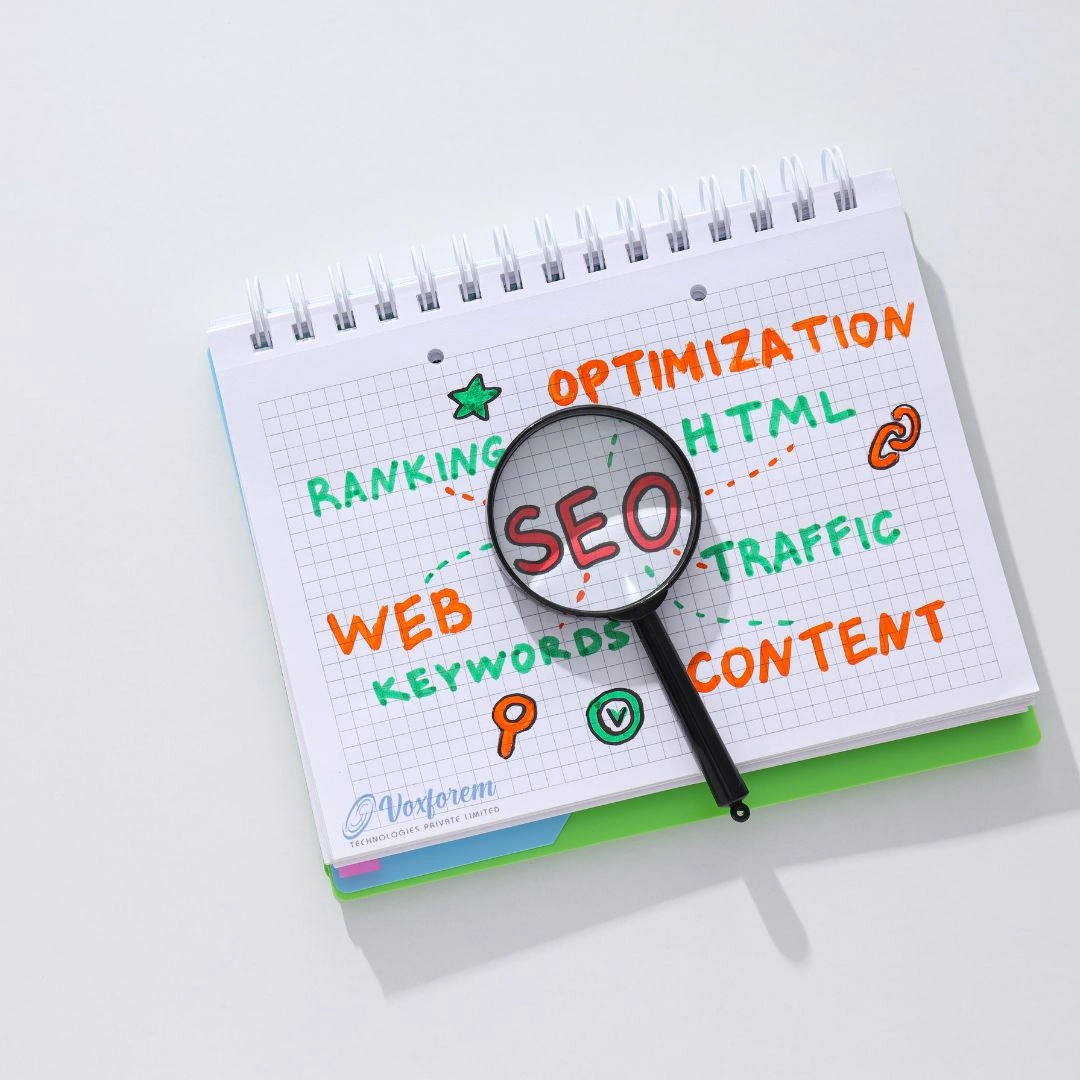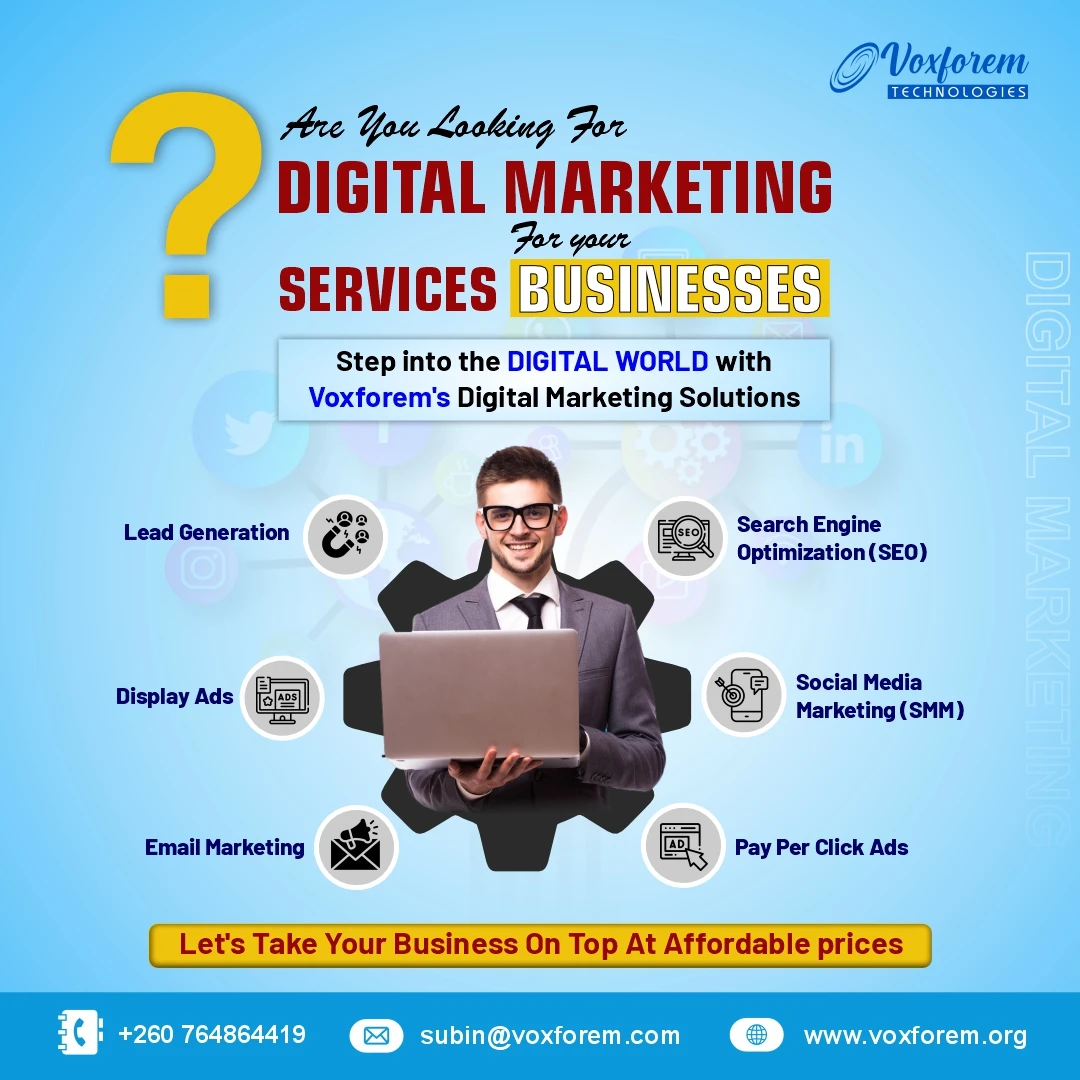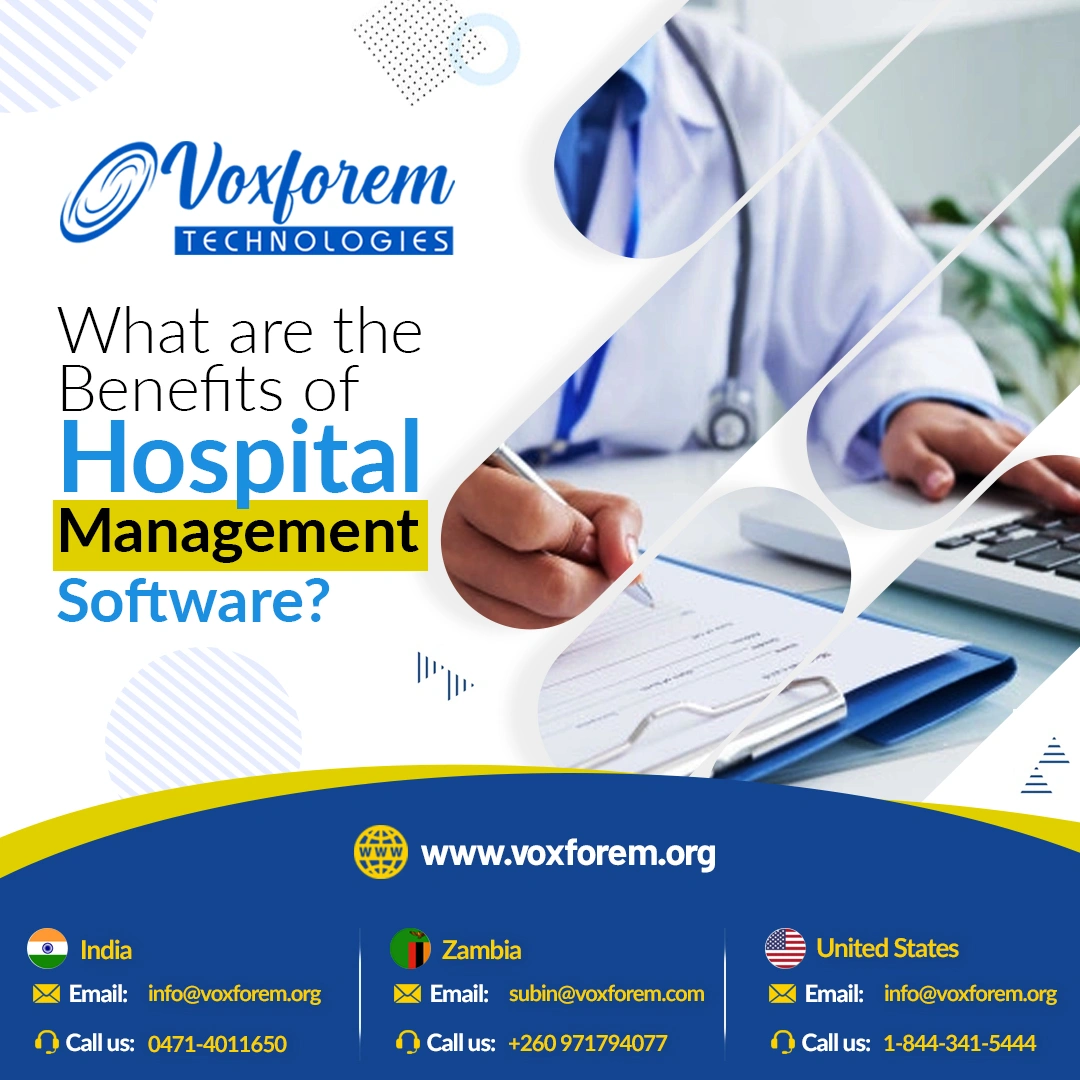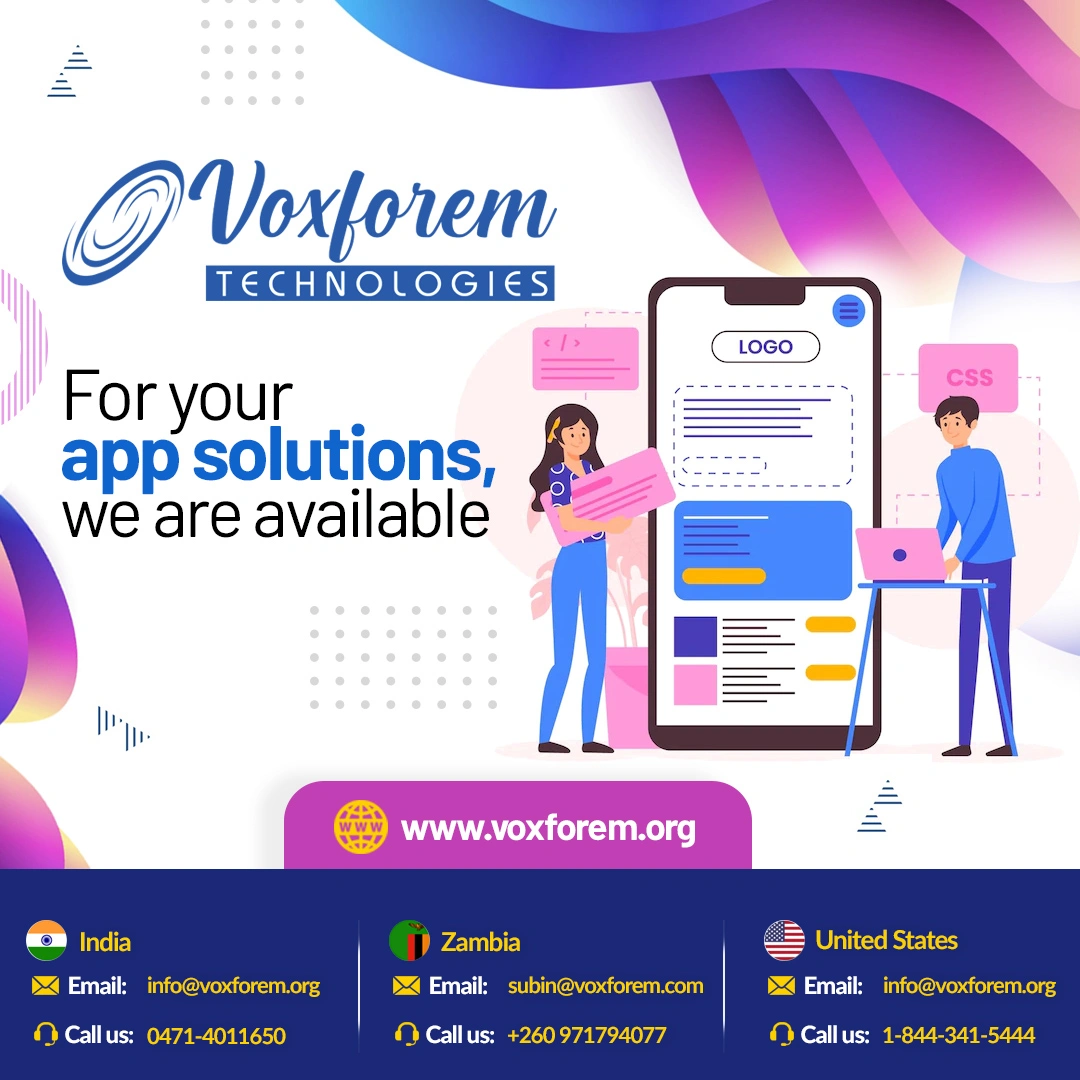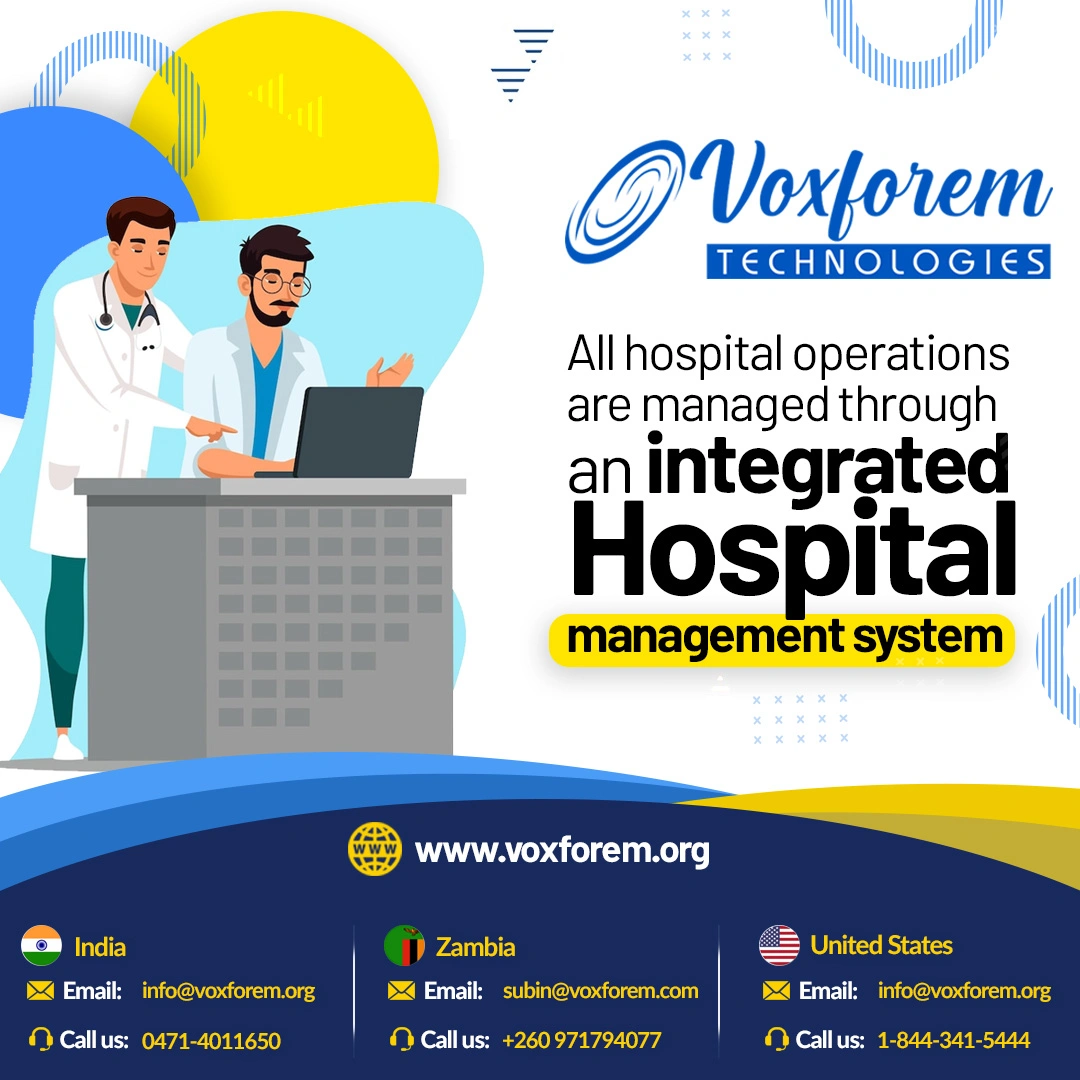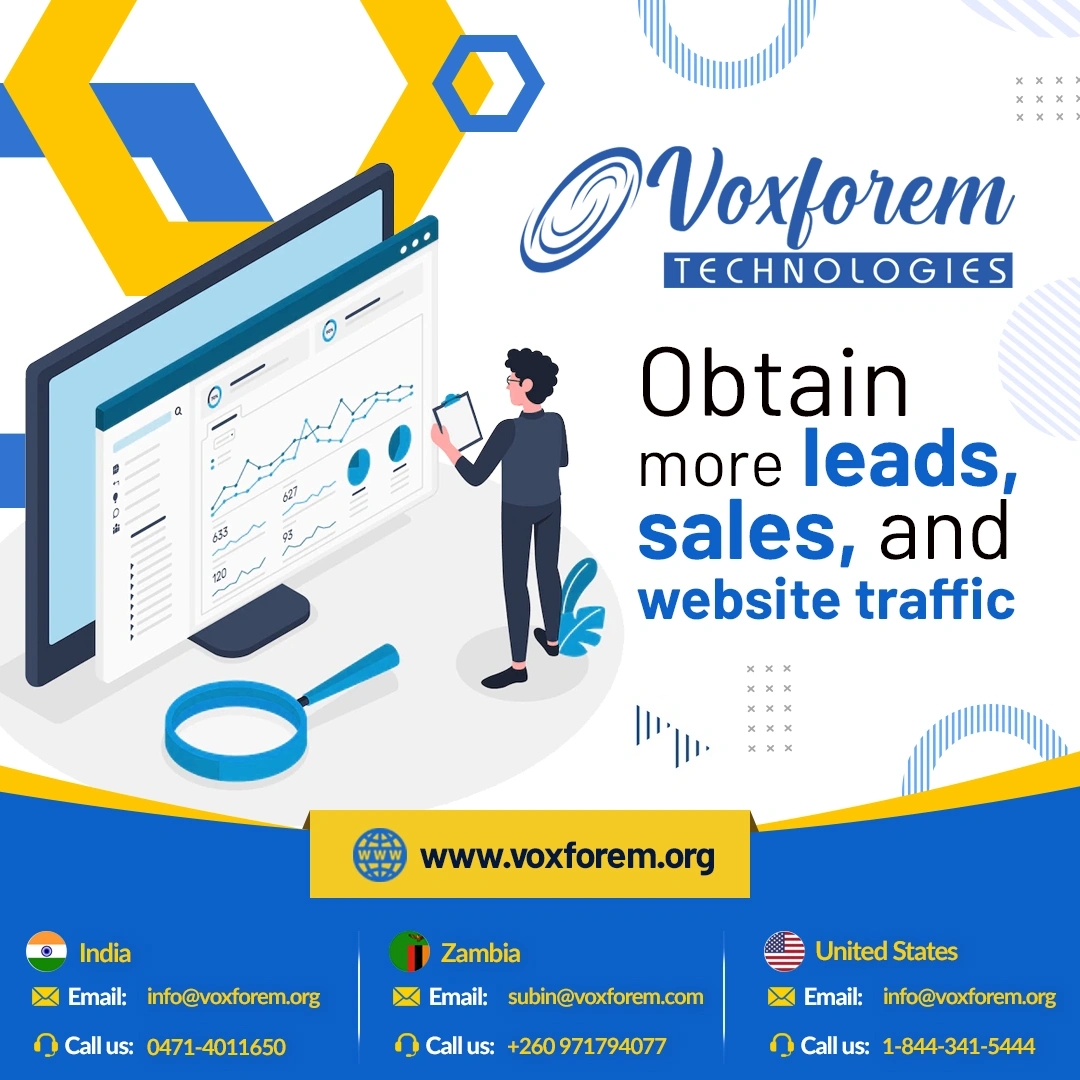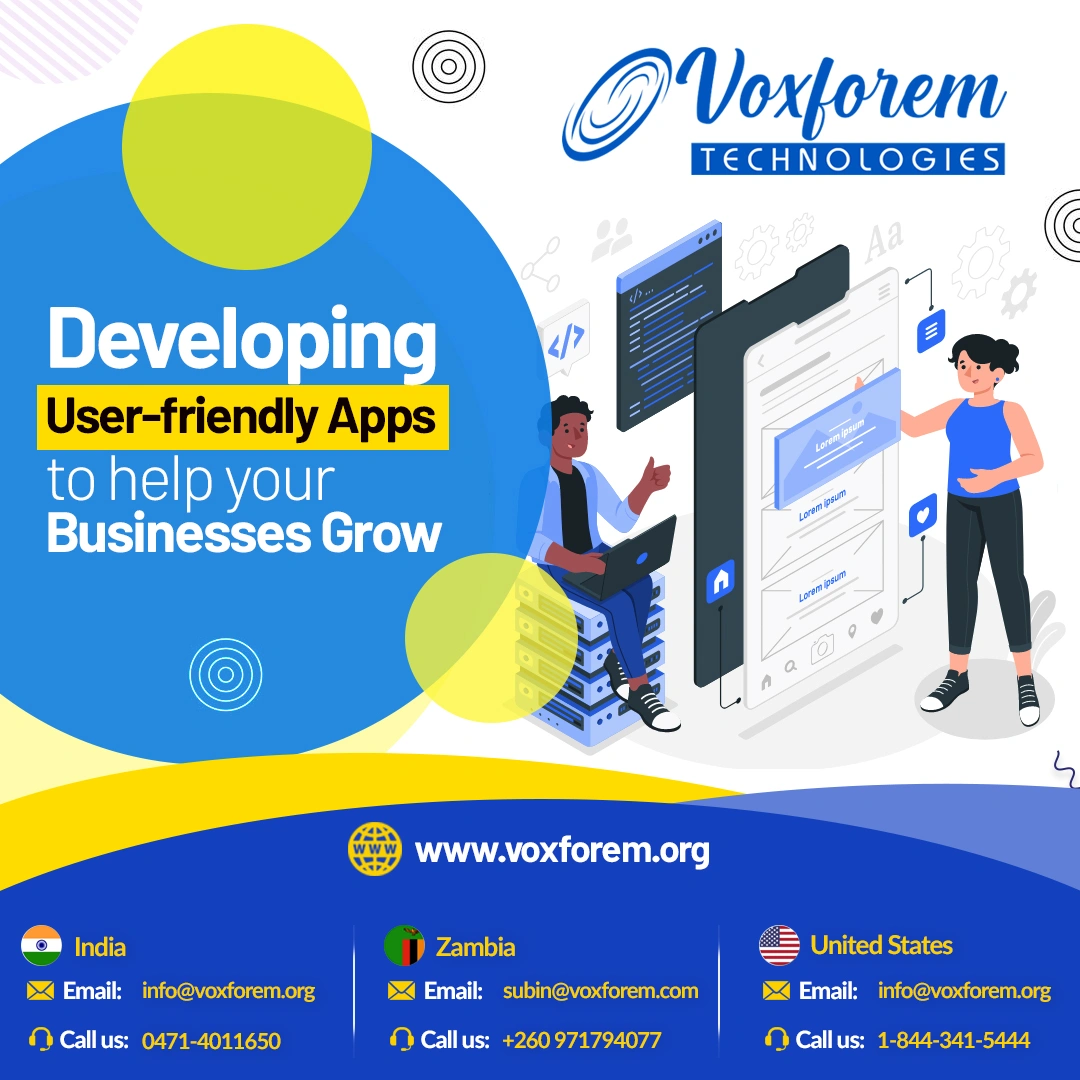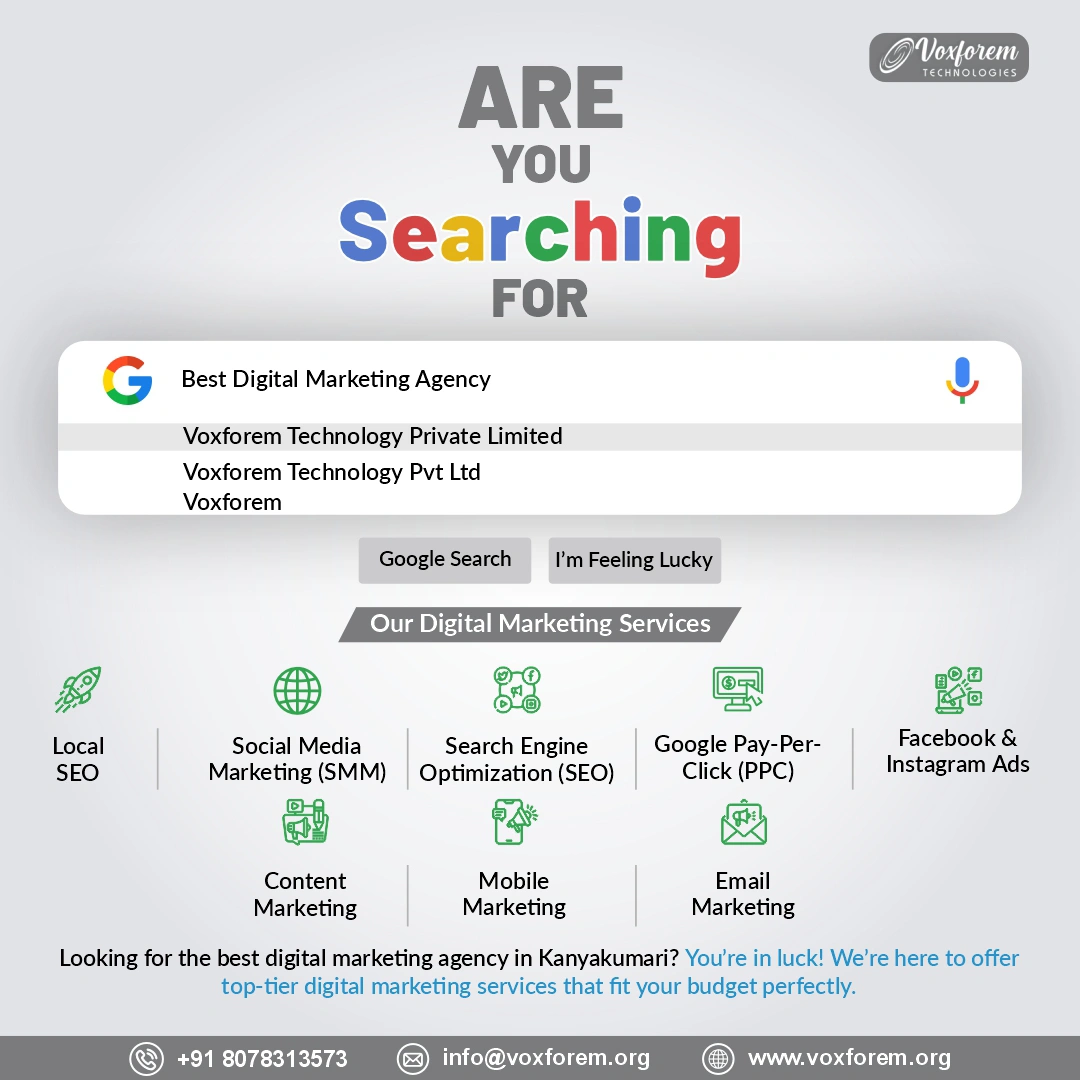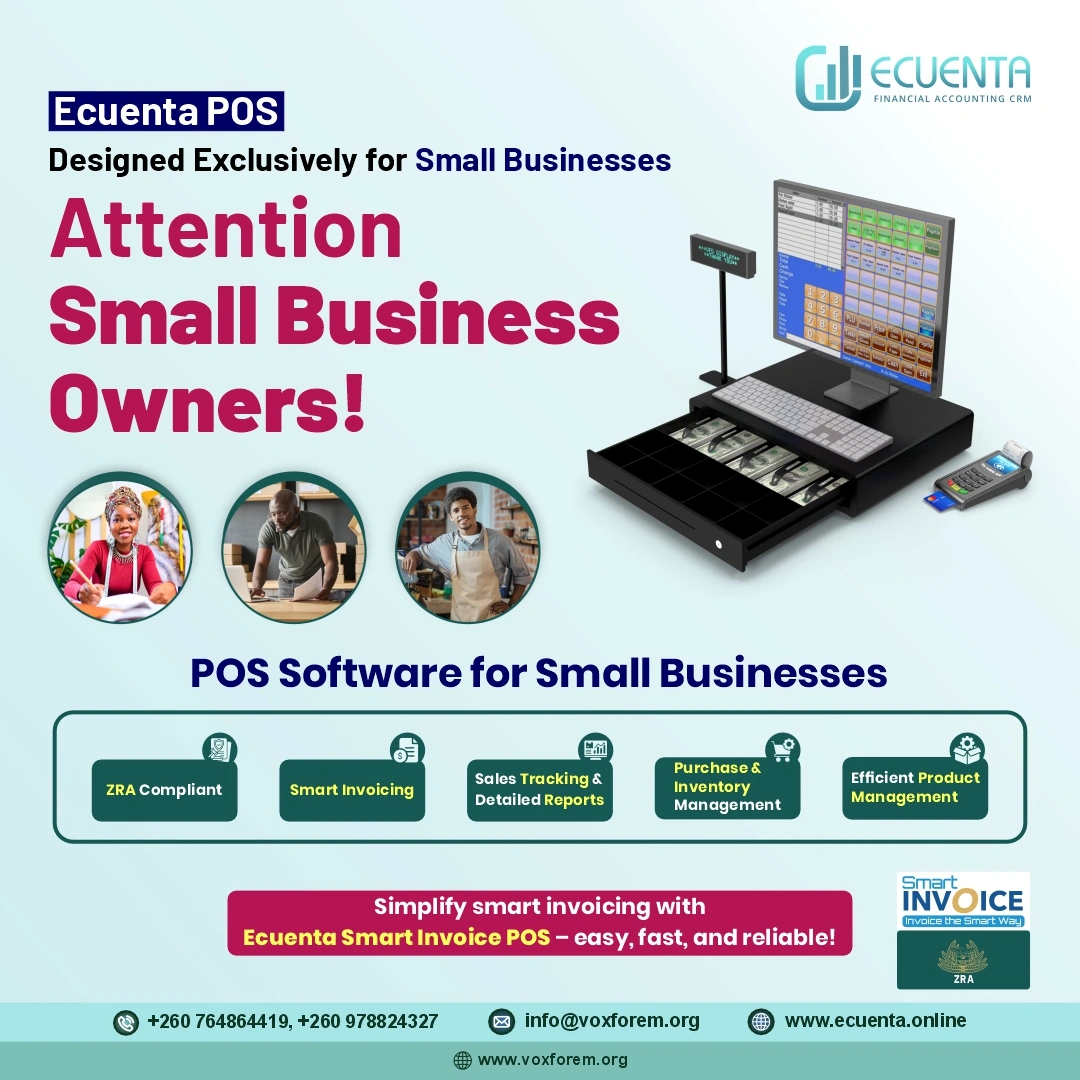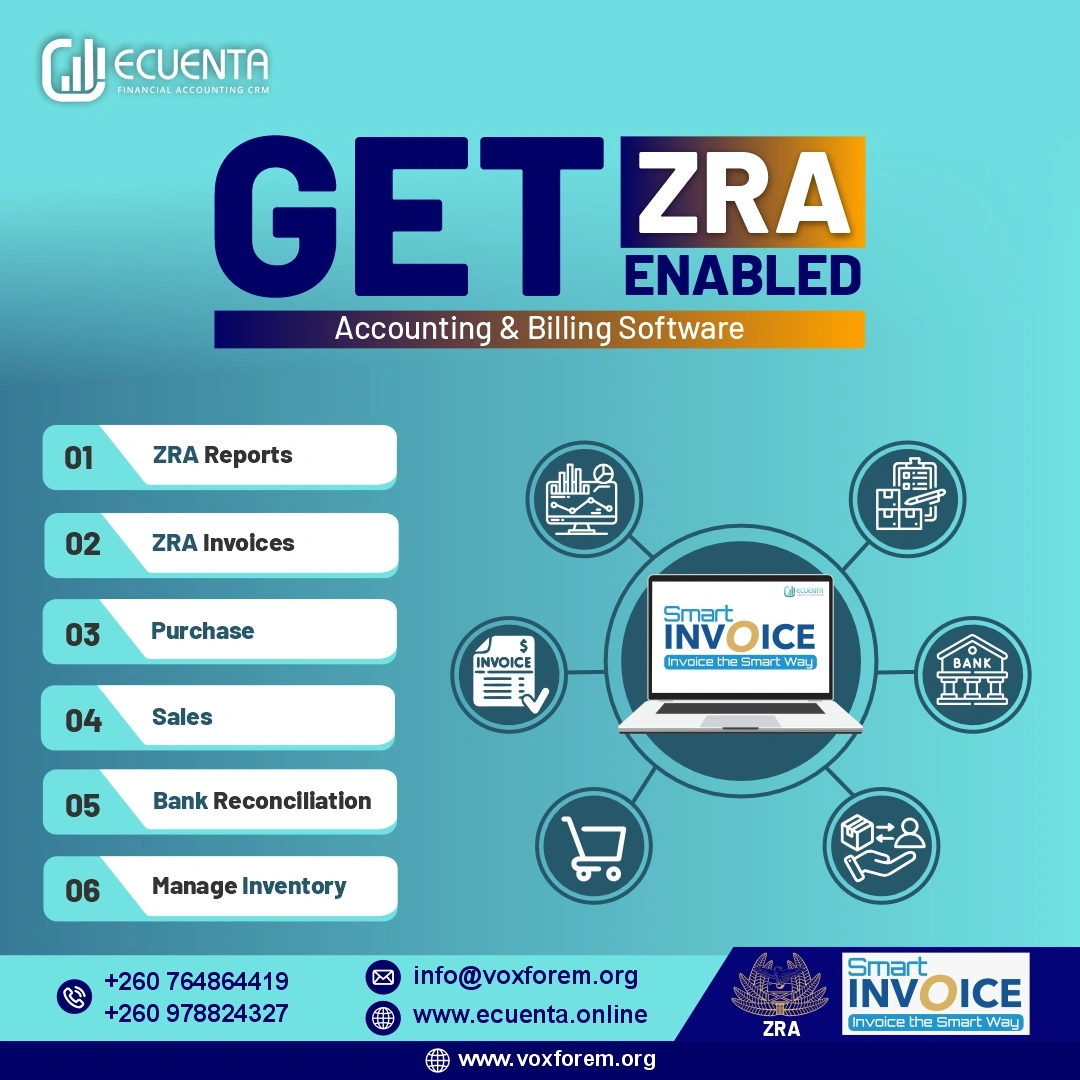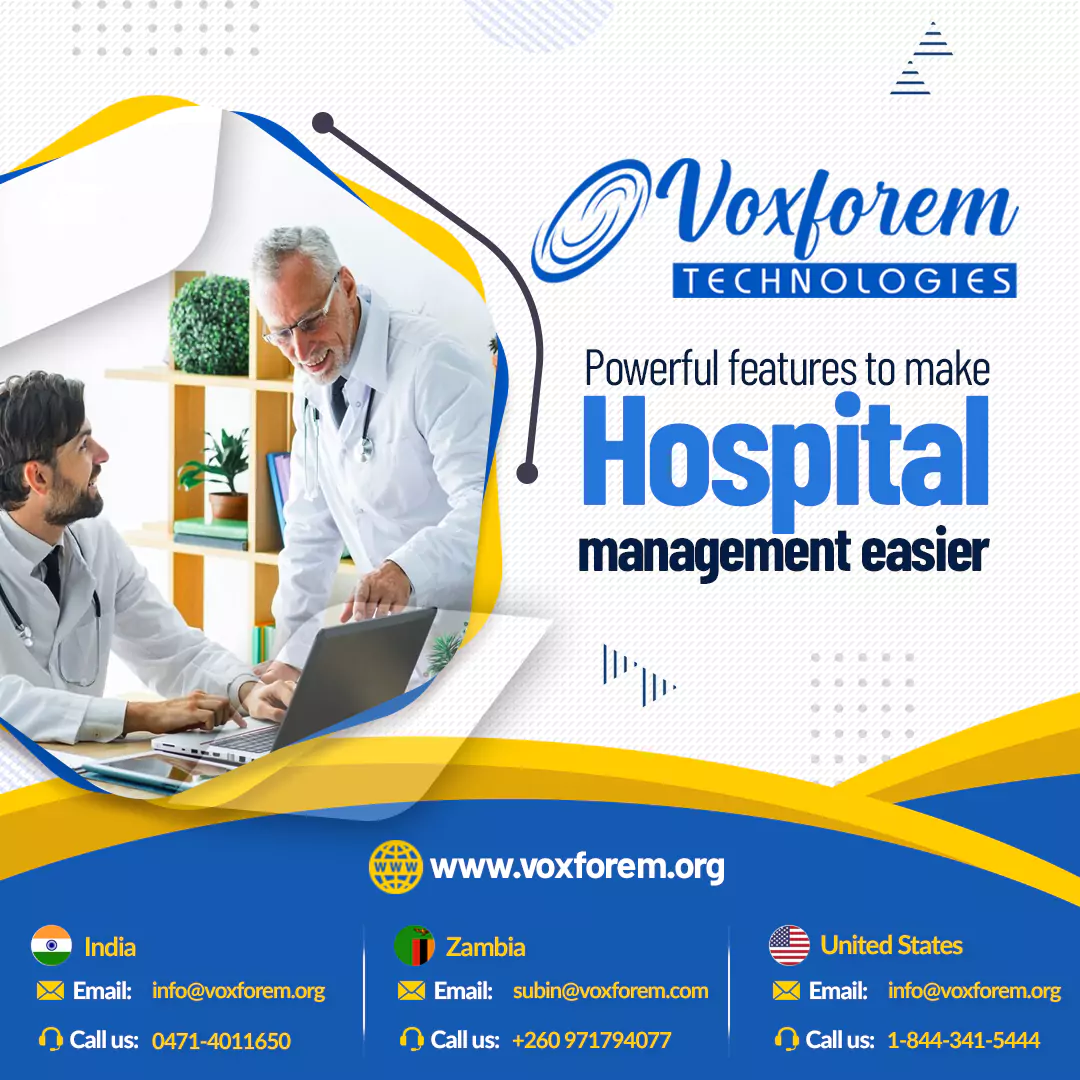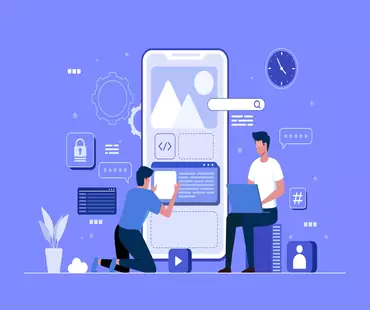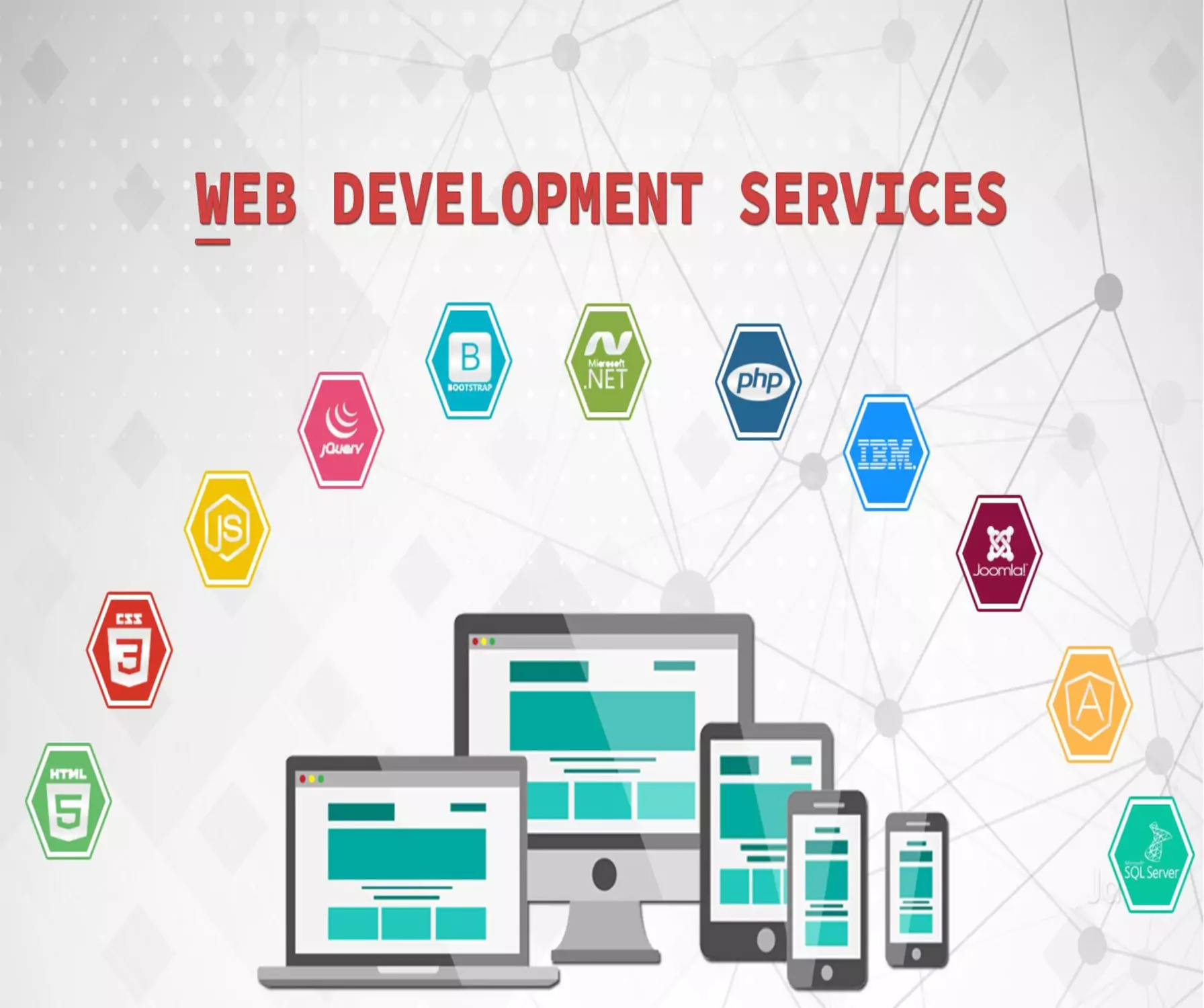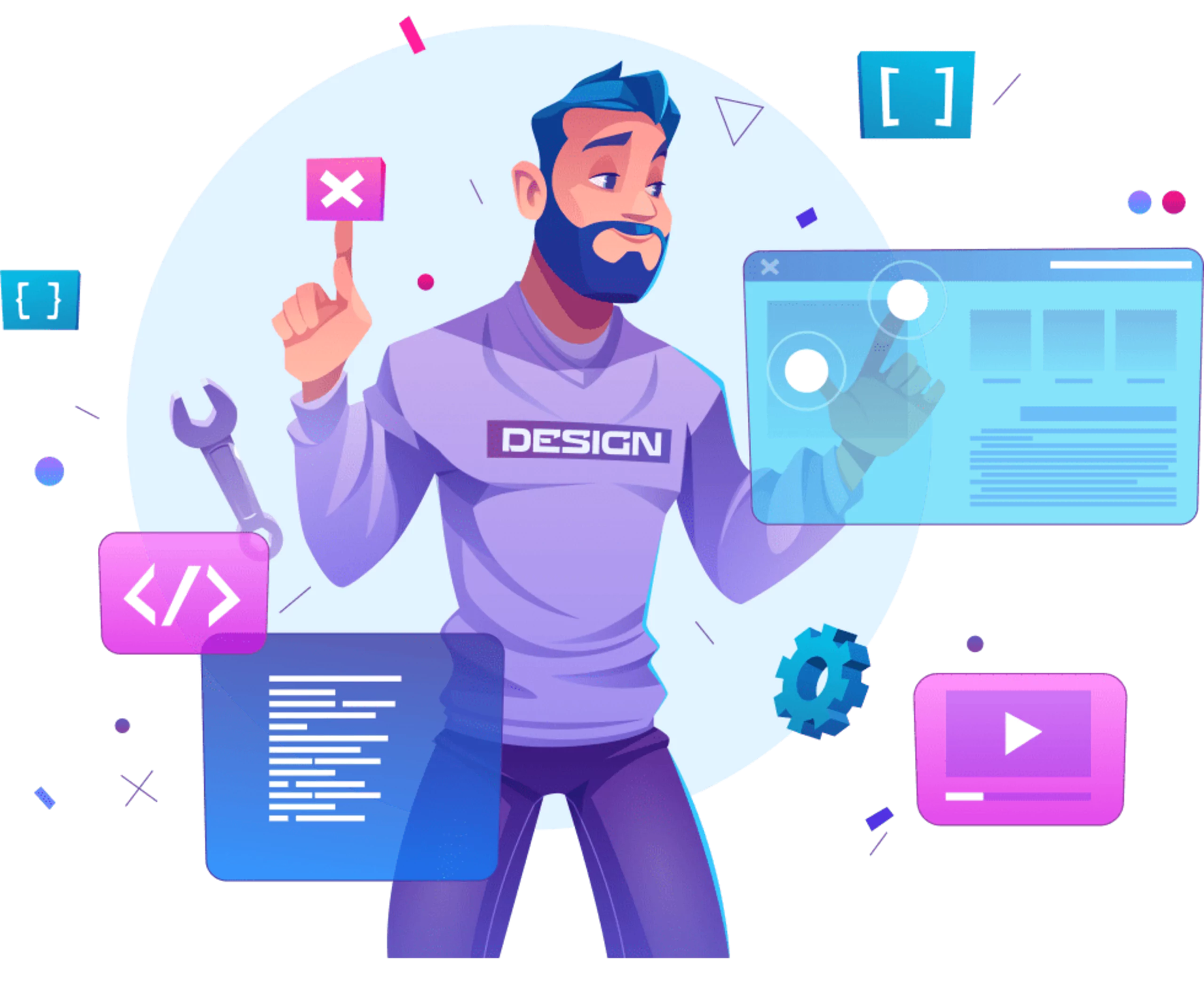ZRA Tax Compliance for ECommerce Businesses in Zambia: A Practical Guide
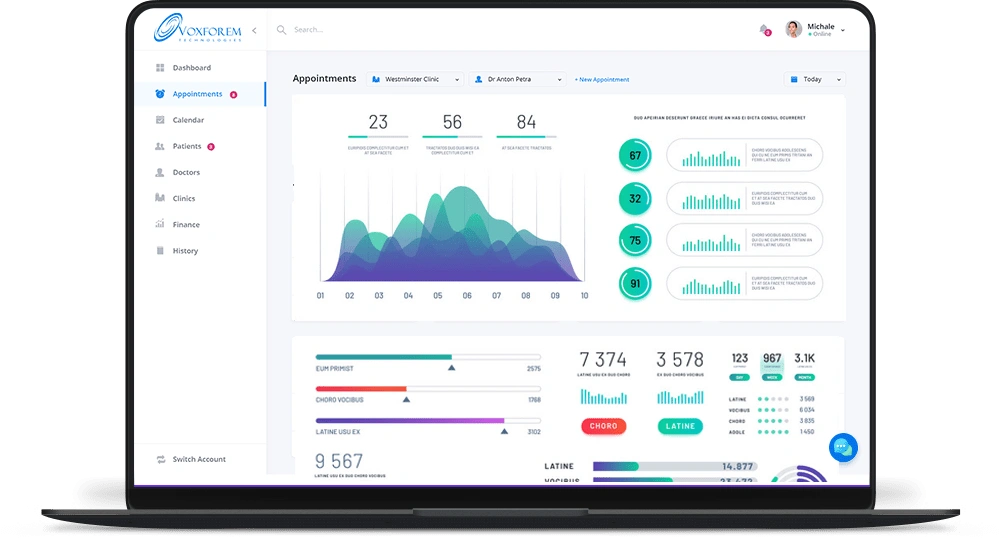
All You Need To Know About Mobile App Development Services.
"We don't just build websites, we build websites that SELLS"― Christopher Dayagdag
What is the definition of mobile app development?
A coding application for hand-held devices such as mobile phones is known to be a series of processes and modus operandi. The process of mobile application development is just like software development has its roots in the same old web application development. The only significant distinction is that handheld device applications are frequently developed explicitly to remove the benefits of a given mobile phone's distinctive capabilities. Gaming apps, for example, can be developed to take advantage of the iPhone's acceleration. Apple's IOS and Google's Android are two mobile platforms that have excelled in the IT sector with their remarkable performance. Apple's better-searched phones include critical programs pre-installed on the device. Android phones also come with pre-installed programs, from which you can add more and more via the Google Play Store.
Mobile Application Types:
If the technology parts of the coding system are separated, there are three sorts of mobile applications.
- • Native Apps
- • Web Apps
- • Hybrid Apps
Native Apps: This type of programme is made for the operating system of a handheld device. As a result, native applications for iOS and Android are not available. You can't mix and match the apps because they're made just for one platform.
Web Apps: They have a lot in common with native apps. The only distinction is that web apps are accessed using a phone's web browser, hence the name. In the same way, the URL is crucial! There is no need to install or download the app file to your phone; they are not standalone apps. CSS, HTML, Ruby, and other related coding languages are commonly used to create them.
Hybrid Apps: Hybrid apps, as the name implies, combine the best features of both types of applications. Web apps that operate like native apps are known as hybrid apps.
Mobile App Development Process:
- • Determining business goals
- • Technical specifications
- • In terms of platforms
- • UI/UX design
- • Accessibility
- • Development of a product
- • Testing
- • Maintenance and assistance
Determining business goals: It's a good idea, to begin with, a problem that this software must solve. You must have a clear knowledge of the solution's objective. Understanding the major features is necessary to move forward, whether it is an employee-level messenger or a large-scale supply chain management tool.
Technical specifications: A software development business must present you with a complete technical specification that includes the tech stack, platforms, wireframes, and roadmap, as well as other technical needs.
In terms of platforms: You must choose at least two platforms in this case, Android and iOS. Each platform may require its team.
UI/UX design: It's time to move on to UI/UX design once you've completed the wireframe, this is a crucial phase because the app's effectiveness at your workplace is largely determined by how it appears and feels. People already have a hard time accepting new things, so make it easier for them.
Accessibility: Mobile apps are often accessed via the internet. You must verify the app's efficiency while working in an online setting. To ensure the success of a mobile app, the company must consider speed as a critical factor.
Development of a product: This is the most exciting and difficult stage of the project, and it's here that the business app development company you've chosen proves its worth.
Testing: The majority of testing occurs throughout the development process, but once the product is ready, the Quality Assurance team takes control. Remember that if you can involve your staff in the testing process in any way, this will be the ideal case in which end users know exactly what they require from the app.
Maintenance and assistance: When the app is out, the work isn't done you still have to make it flawless! Obtain as much feedback as possible to appropriately fix any bugs that may arise. Also, make sure to offer updates regularly.




